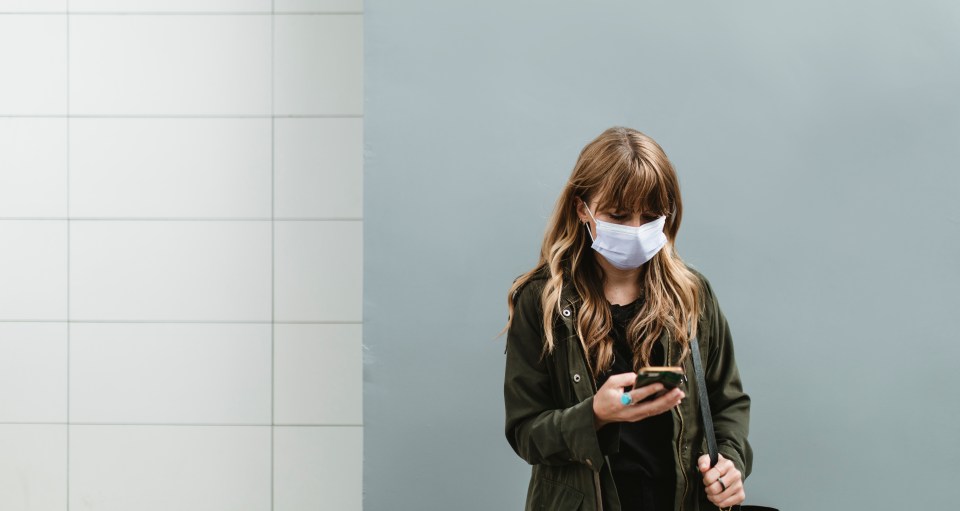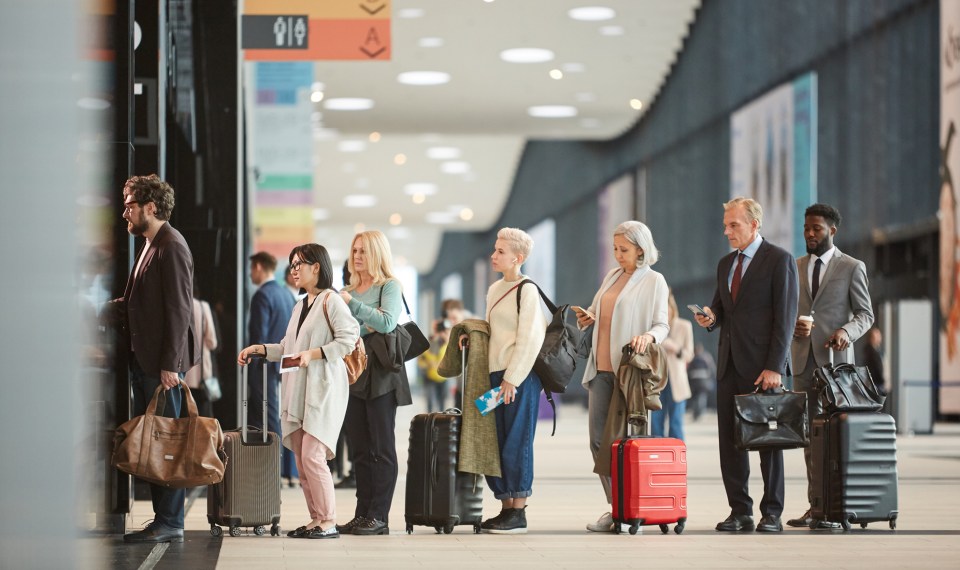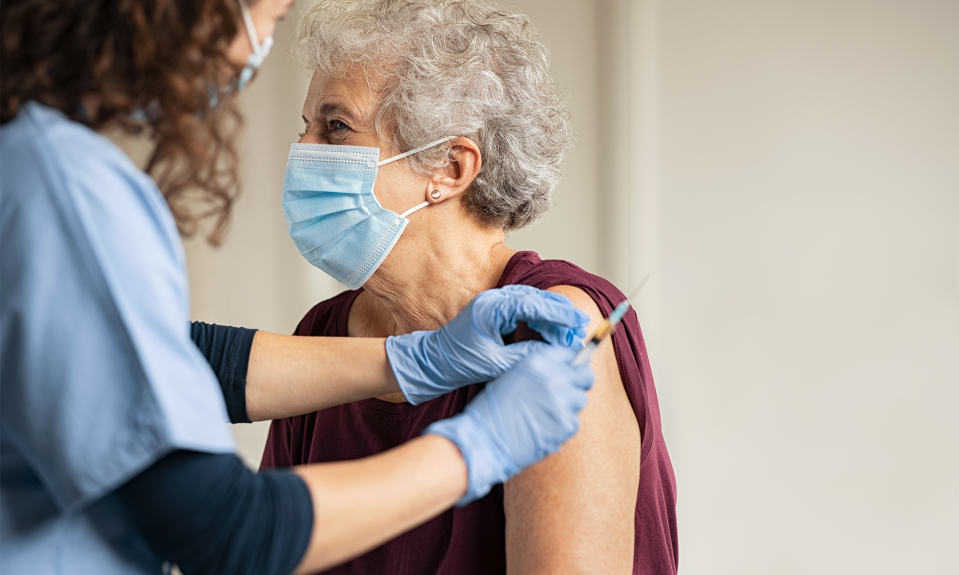*Editor’s note: A newer version of this post is available that reflect more current mask wearing mandates
As Americans become more accustomed to wearing face masks in public, the ability to breathe normally has become a common concern.
Many people have reported some unpleasant side effects of mask wearing, such as anxiety, headaches, confusion and fatigue. This can be especially challenging for those who have to wear masks throughout their workday, as well as those with preexisting respiratory problems.
By taking the time to focus on how we breathe, there are ways we can actually maintain and improve our respiratory health while following mask guidance from the Centers for Disease Control and Prevention (CDC)to help curb the spread of COVID-19.
How we breathe matters
How we breathe has a direct impact on how well our bodies function. Even without a mask impediment, many people breathe in ways that significantly affect their overall health.
Without realizing it, many of us take short, shallow breaths throughout the day. This is typically a result of breathing too fast and through our mouths. Furthermore, in stress-filled situations, our body resorts to shallow breathing as a defense mechanism.
Wearing a mask can cause some people to inhale and exhale more rapidly, further increasing the prominence of shallow breathing. This upsets the balance of gases in our bodies and makes it harder for oxygen to be delivered effectively to our vital organs.
Shallow breathing combined with mask wearing can result in people experiencing anxiety, shortness of breath, headaches, dizziness, confusion, numbness or tingling in hands and feet, and sleep problems.
Simple tips like slowing down our breathing and practicing deep breathing techniques can help us learn to breathe more effectively, which will not only help us breathe better while wearing a mask, but also have a positive impact on our mental and physical health.
Guidelines for better mask breathing
PN Medical, which has been providing respiratory education and solutions for 40 years, has developed breathing strategies to help people breathe more effectively and feel better while wearing masks, as well as after removing them.
According to PN Medical, follow these steps to combat the effects of mask wearing:
1. Take 5 quality breaths.
Perform five quality breaths prior to putting on a mask, immediately after putting it on and when it is removed to prevent being locked into a dysfunctional breathing pattern.
A quality breathe is four seconds of breathing in through the nose, six seconds of exhaling through the mouth and pausing two seconds before repeating.
2. Take longer, slower breaths.
Focus on slowing down your breathing while wearing a mask to ensure you combat the side effects of shallow breathing.
3. Take mask breaks.
If you have to wear a mask for an extended period of time, take regular breathing breaks by removing the mask when it’s safe and practicing the five quality breaths protocol above.
4. Practice respiratory muscle training (RMT)
Set time aside to practice RMT for five minutes in the morning and five minutes in the evening. RMT is the method where both inhaling and exhaling are trained under resistance to improve respiratory muscle strength.
The content of this site is for informational purposes only and should not be taken as professional medical advice. Always seek the advice of your physician or other qualified healthcare provider with any questions you may have regarding any medical conditions or treatments.


